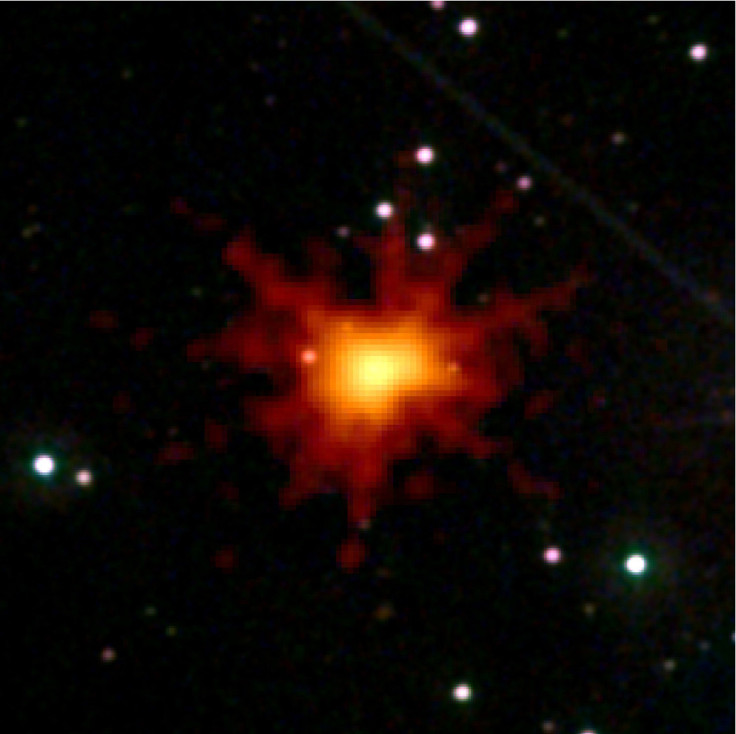Astronomers Detect New Class Of Cosmic Explosion

KEY POINTS
- Astronomers detected a new type of cosmic explosion
- FBOTs behave like a supernova event and a gamma-ray burst
- The death of stars more massive than the Sun can trigger FBOTs
Astronomers came across a new type of cosmic explosion that has the combined features of some of the most powerful outbursts in the universe. According to the astronomers, the new type of explosion has the characteristics of a supernova and a gamma-ray burst.
The discovery was made by different teams of astronomers. The separate studies were published in The Astrophysical Journal Letters and The Astrophysical Journal.
Back in 2018, astronomers detected a cosmic blast that has unusual behavior. Dubbed as AT2019cow or The Cow, astronomers noted that it behaved like a typical supernova explosion. However, unlike traditional stellar explosions, The Cow had an unusual brightness that rapidly intensified and faded in just a matter of days.
Aside from The Cow, two other unknown explosions were detected in space. The first one, known as CSS161010, originated from a galaxy about 500 million light-years from Earth. The other explosion, known as ZTF18abvkwla or The Koala, was detected about 3.4 billion light-years away.
Like The Cow, both CSS161010 and The Koala displayed odd characteristics. Due to how the explosions behaved, follow-up observations using different telescopes and observatories were carried out by the astronomers.
The astronomers learned that The Koala produced a brightness that’s similar to a gamma-ray burst, which is the most energetic form of light in space. CSS161010, on the other hand, hurled an unexpected amount of material into interstellar space at more than half the speed of light.
Due to their unique characteristics, the astronomers referred to the three cosmic explosions as Fast Blue Optical Transients (FBOTs). According to the astronomers, the formation of FBOTs is probably similar to that of a supernova or a gamma-ray burst.
It begins when a star more massive than the Sun collapses under the weight of its own gravity and explodes after reaching the end of its life cycle. The blast sends stellar material into its surroundings, which sometimes form into a rotating disk around the supernova remnant or the resulting black hole.
The rotating disk, which is known as an accretion disk, can propel powerful jets of material into interstellar space. These jets often trigger powerful gamma-ray bursts.
FBOTs also develop an accretion disk covered by thick material from a star. The thickness of the surrounding stellar material causes bright visible-light bursts that are very different from an ordinary supernova or a gamma-ray burst.
“While FBOTs have proven rarer and harder to find than some of us were hoping, in the radio band they’re also much more luminous than we’d guessed, allowing us to provide quite comprehensive data even on events that are far away,” astronomer Daniel Perley of the Liverpool John Moores University said in a statement.
© Copyright IBTimes 2025. All rights reserved.





















